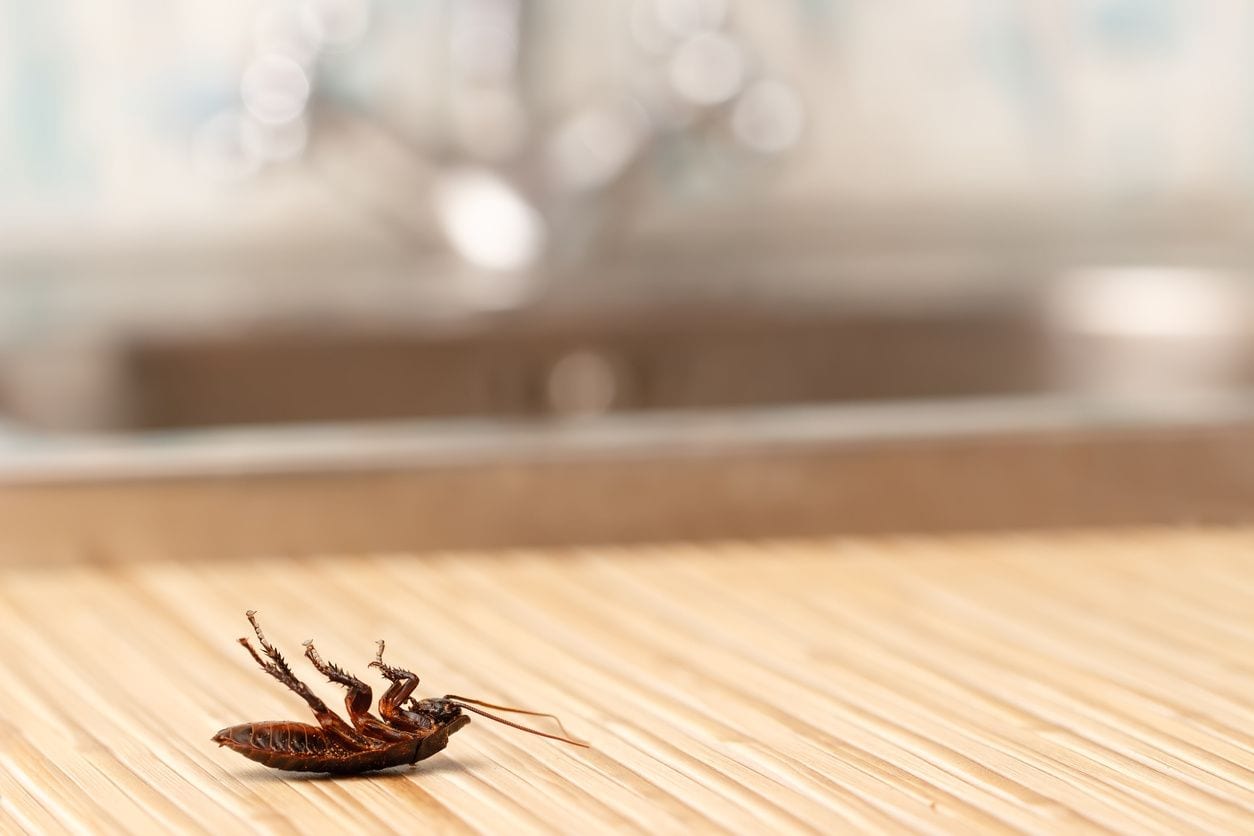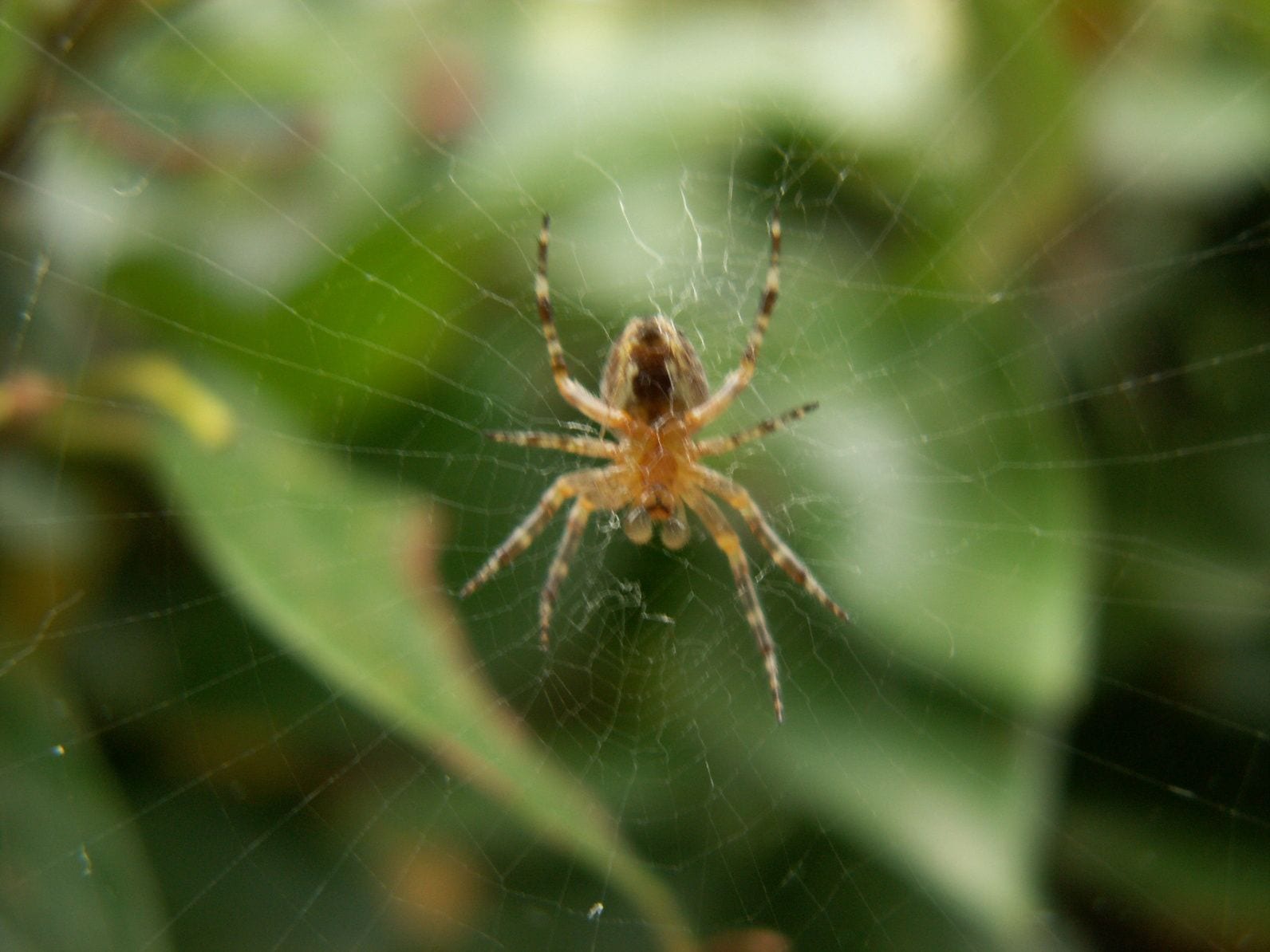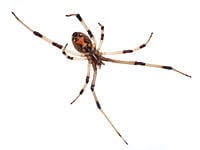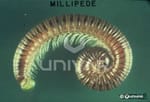Ants
Argentine Ants
Fire Ants
Spiders
Black widows
Cellar Spiders
Cockroaches
American, Brownbanded,
Oriental, German
Rodents
House Mouse
Roof Rat, Norway Rat
Stinging Insects
Honey Bees
Paper Wasps, Yellow Jackets
Ants
There are numerous species of ants that occur in southern California but most are found outdoors. They are social insects that live in colonies and most species build their nests in the soil. Ants feed on practically every kind of food and they will occasionally enter a home in search of a food source (like humans, some prefer sweets, others protein and some will eat anything). Outdoors and inside you’ll likely see ants following each other. In actuality they follow scented pathways know as pheromone trails. These trails get them back and forth to their nests and allow others in their colony to readily find food or moisture sources that are discovered by foraging colony members.
Ants are close relatives to bees and wasps and in this relationship, most share the fact that most females have a stinger. They use their stingers to capture potential prey and as a defense mechanism.

The Argentine ant is one of the most commonly encountered soil-nesting ant species, in Southern California, but it is a species that does not bite nor sting. If you would like more information the various species of Ants please click the link.
Argentine Ants
They are small, about a sixteenth of an inch, and vary in color from light to dark brown. They are undoubtedly the most organized, prolific and most annoying species found in southern California. Argentines are very aggressive and tend to drive out other species of native ants. They primarily reside outdoors and their nests maybe under or protected by piles of lumber, stone, bricks, landscape mulch, or other debris. They may also be found in potted plants, indoors or out, and associated with outdoor irrigation systems. You’ll commonly see them trialing along side curbings, sidewalks or the boarders of pools and structural foundations.
They may enter a home in search of food or moisture. When inside, the ants maybe be seen/found around sinks, in bathrooms, the kitchen, or trailing around baseboards or moldings. Our technician can normally keep the Argentine ants from entering your home; however, if they get by our perimeter exclusion methods, just let us know and we’ll be out to solve the problem
Cockroaches (Roaches)
For most people roaches are the most repulsive of all the different species of insects. They have been around and basically unchanged for millions of years. They are not considered social insects but they are very gregarious and if you find one there are likely many more of his buddies in cracks and crevices in the home or building.
There mere presence is a nuisance but add to this that they are capable of carrying many disease pathogens and the cause allergic reactions for some people.
If you encounter cockroaches, just get give us a call and we’ll get a technician out to survey the extent of the infestation and to solve the problem as expediously as possible.

If you would like more information on the various species of Cockroaches please click the link.
German Cockroach treatment prep sheet, click here.
Las instrucciones de la preparación del tratamiento de la cucaracha alemàn click aquí.
Spiders
There are thousands of species of spiders worldwide but thankfully, only a few of them like to live inside homes. Nearly all species of spiders, the males and females, have venom glands. Being predators, feeding mainly on insects and their close relatives, they use the venom to help subdue their prey. The venom of the vast majority of spiders is not considered very toxic to humans. In southern California the major concern with a spider bite is with black widow spiders and rarely the brown widow. We are not know to have the infamous brown recluse spider established in California but unfortunately to many people a brown colored spider is automatically a ‘brown recluse’ to them. If you encounter a spider anytime between your scheduled services, please capture the spider in a sealed bottle or medicine vile and show it to your technician at his next service.

Many species of spiders spin webbing to catch prey and/or to hold their egg sacs. Outdoors these webs may be under eves, among foliage of plants, around foundations and fencing, and similar locations. At each of our scheduled services we will remove any webbing/egg sacs that the service tech detects or can reach. This helps remove the unsightly webs and also the egg cases and food catching mechanism of the spider. If you encounter any spiders inside your home just let us know and the problem will be handled.
If you would like more information on the various species of spiders please click the link.

Black widows
The female is distinctly dark shiny black with reddish or orange coloration on her bulbous abdomen. This marking is often time, but not always, ‘hour-glass’ shaped. Black widows tend to be very secretive and often the first indication our customers have that they have this spider on their property is when our technician rings their doorbell to show them one and the area where he has encountered them. If you are not home and we have found black widow activity around your home, we will leave you a note on your service ticket.
The concern with this species is that the venom is a neurotoxin (with a potential similar reaction to that of rattlesnake venom). The good news is that the spider does not hunt or get out in search of prey. Thus, there is rarely a potential for contact with you or your family; however, we do not want our customers to come in contact with even the occasional well-hidden black widow. So we will be searching for this spider and take preventative measure on your property in hopes of heading off problems with black widows.
Brown widows
Adult Description: The brown widow spider can vary in color from white, dark brown, to almost black, however most are light or medium brown. The ventral side of the abdomen contains an orange or yellow colored hour glass shaped marking, brown shaded bands on leg segments, white spots on the abdomen, and white stripes marginally. The white abdominal stripes can distinguish this species from the black widow, but the white stripes are often difficult to see on darker colored brown widow spiders. The body size differs by gender; the female body length is typically 12-16mm (not including legs), while the male's length is 6-8mm, but with longer legs compared to that of the female.


Crickets
Everyone knows the chirping of the cricket and what it can do to a good nights sleep. Crickets tend to enter homes as the nights get cooler in late summer. Once inside, they can live for months feeding on such diverse items as paper and rubber back carpeting.
For more information on Crickets please click the link.
Millipedes
(sometimes referred to as thousand leggers)
Millipedes like spiders are not insects but are close relatives. They have rounded bodies with 2 pairs of legs on most body segments. They move sluggishly and feed on decaying organic and vegetable matter. They frequently curl up into a ball when disturbed and vary in color from tan to dark brown. If found inside the home it is purely an accidental invasion. Millipedes do note bite and are not involved in any known disease transmissions. They are basically considered nuisances and any problems you encounter with this pest we will be able to handle with exterior control measures.
For more information on Millipedes please click the link


Silverfish and Firebrats
These are two closely related critters with silverfish being more ‘silvery’ or metallic and shiny and the firebrats a duller gray color. They are both very flattened and quick to run for cover if exposed. These insects may be found under shake shingles, in soffits, behind the fascia board behind guttering, in amongst attic insulation, in basements as well as in voids around plumbing and electrical conduits. They are also often found around hot water tanks, in basements, and around the molding of windows and doorways. Occasionally you may find them in closets or chest of drawers. If you encounter a problem with these insects, we will need to do a through inspection of your home and then discuss control possibilities with you.
For more information on Silverfish/firebrats please click the link
Bed Bugs
Once considered the No. 1 pest afflicting homeowners, bed bugs have been relatively rare since the 1950s. For a variety of reasons, bed bugs and their close cousins, bat bugs, are making a strong comeback. Both bed bugs and bat bugs will attack people. They are small (about 1/5" long), reddish in color, and flattened. They hide in mattresses, box springs, bed frames, furniture and woodwork by day and come out at night to feed on the blood of their sleeping hosts.

Homeowners usually first suspect they have bed bugs or bat bugs when they awake to find small blood spots on their bed linens. Certain individuals may experience mild to intense allergic reactions to the bite of a bed or bat bug. A diagnosis of bat bugs may lead to an inspection of a house's attic to determine if bats may be present.
If you would like more information on Bed Bugs please click the link.

Fleas
Fleas live and feed on dogs, cats and other animals, and will attack humans when deprived of their normal host. Eggs are laid on the host animal but soon drop to the floor. From the eggs hatch larvae, which are tiny and worm-like in appearance.
Flea larvae, eggs and pupae (the dormant stage between larva and adult) are often found in carpets, on bedding and furniture inside the home, and are sometimes found in shady areas outside during warm weather.
Successful control of fleas is a partnership job between the homeowner, a veterinarian who treats the pet, and Nature-Rite Pest Management treating the home.
If you would like more information please visit Fleas.
Flea treatment prep sheet, click here.
Ticks
Ticks are eight-legged creatures that are usually found in grassy areas; they feed on the blood of pets and humans. Ticks of concern in our area include: Brown Dog Ticks, American Dog Ticks (also called Wood Ticks), and Black-legged Ticks (sometimes called Deer Ticks).
Of these, only Brown Dog Ticks can reproduce inside of dwellings. Black-legged Ticks can be infected with the bacterium that causes Lyme disease, so certain precautions should be taken when going into areas potentially infested with Black-legged Ticks.
If you would like more information on Ticks please visit

Rodents
The following are examples of things you can do to discourage or prevent rat or mice problems in/around your home. Keep firewood stored as far from the home as possible and store it up off the ground. Even in winter, do not place more than a couple of day’s supply of wood up next to the home. If possible, remove any piles of debris, stones bricks and similar materials. Especially if these are next to or close to the foundation of the home, they serve as harborages to attract rodents and provide ideal hiding areas. Seal all holes and cracks larger than ¼ inch. As a rule of thumb if a pencil can fit into it, a mouse could squeeze through. Larger holes should be stuffed with steel wool prior to sealing with caulk, foam, plaster or cement. Make sure you have thick, unbroken/unbent weather-stripping on the bottom of all doors. In addition, the weather stripping around garage doors needs to have a very firm seal.
As part of Nature-Rite’s service we can provide monitoring devices, traps and baiting for rodents if problems are suspected or occur.
If you would like more information on mice or rats click the link.
Stinging Insects
These insects are very close relatives to ants. They are social insects that live in a colony or nest and the females are equipped with stingers. One major difference between honey bees and wasps is that the honey bee can only sting once, the sting comes out when it is used, and wasps can sting repeatedly. The problem with bee or wasp stings is that some individuals are highly sensitive or allergic to the venom. If you do not know for sure about your or your family’s sensitivity to wasp or bee stings, then just do not chance it. If you see bees, wasps or their nests around your home, just give us a call.
If paper wasps are nesting under the eaves of your home, we can normally easily solve the problem by removing the nest; however, some species of yellow jackets nest in the soil or under piles of debris, thus it may take time to locate and destroy their nesting site.
The most common problem encountered with honey bees is with swarms or during a movement and relocation of members of a hive. During this period you may encounter large numbers of bees ‘balled’ together and hanging from under an eave, patio cover, or in the branches of a tree. Removal of a swarm can be a tricky and time consuming endeavor. Should you encounter such honey bee activity on your property, give us a call and we will make special arrangements to handle the situation.
For more information on these stinging pests please click the link.
Birds
Pesky birds make bad neighbors. They're noisy, inconsiderate and are a potential health risk. Bird droppings and bird nests carry various diseases that can be passed on to people and pets. Their nests are home to numerous parasites such as mites, fleas, ticks and pathogens.
Let Nature-Rite Pest Management evict your unwanted guests with Our Guaranteed Bird Service.
We'll install affordable, low visual impact products that:
-
Are non-toxic to humans and animals
-
Remove health risks
-
Prevent further damage to your home
-
Are humane and long-lasting
